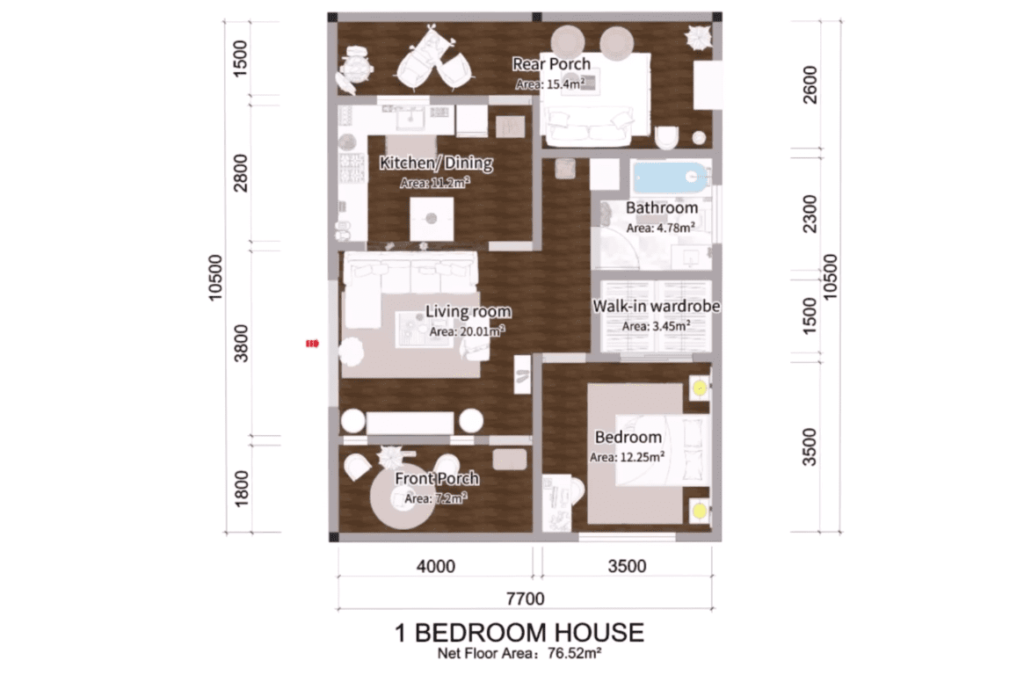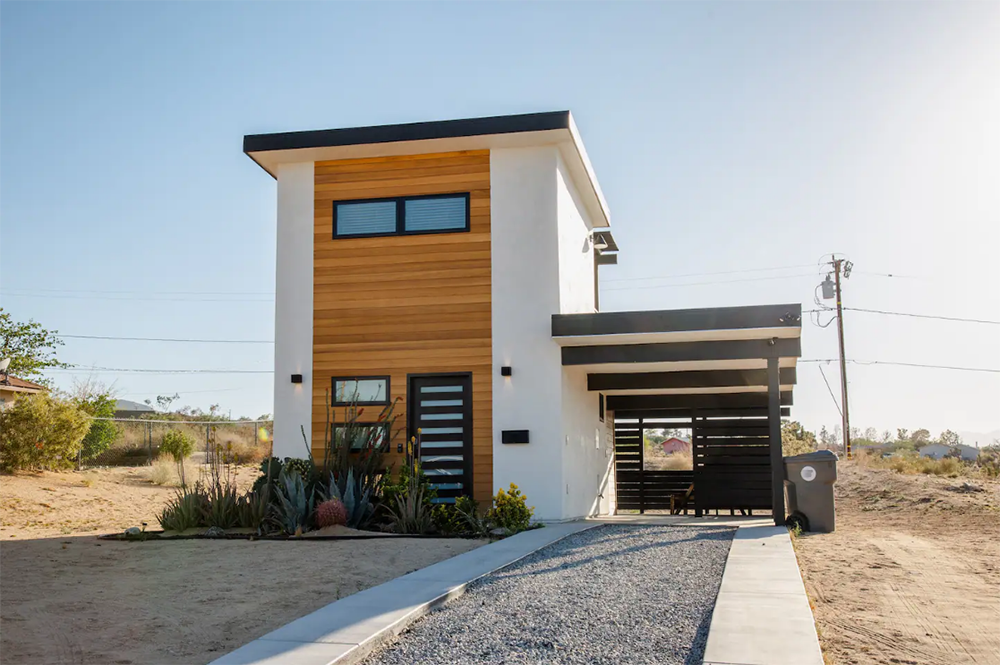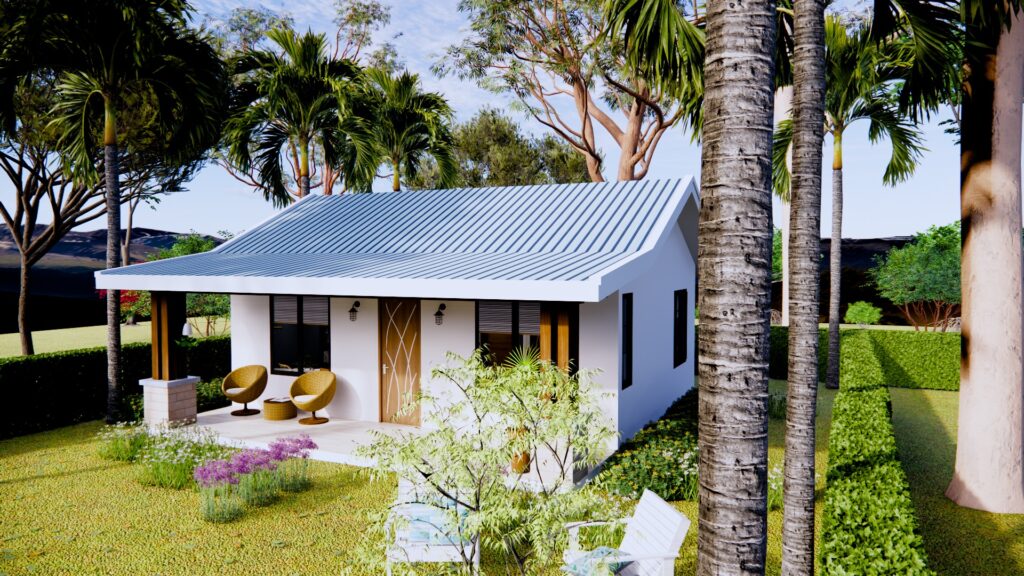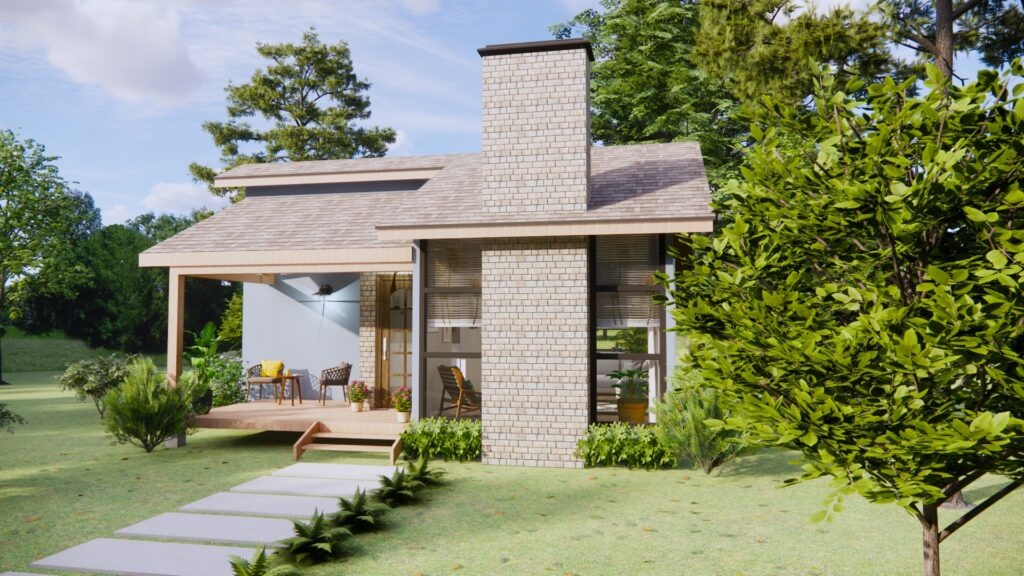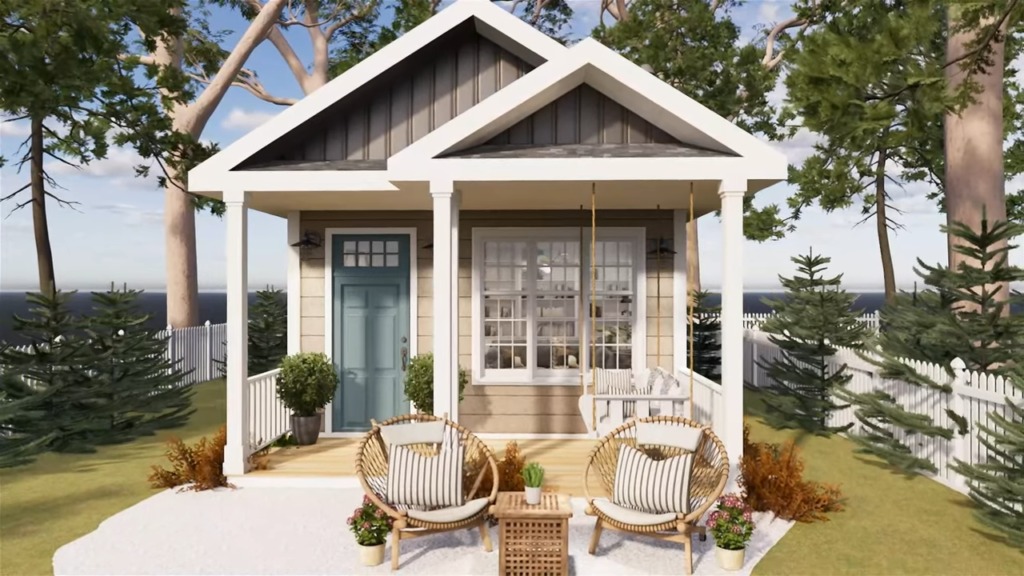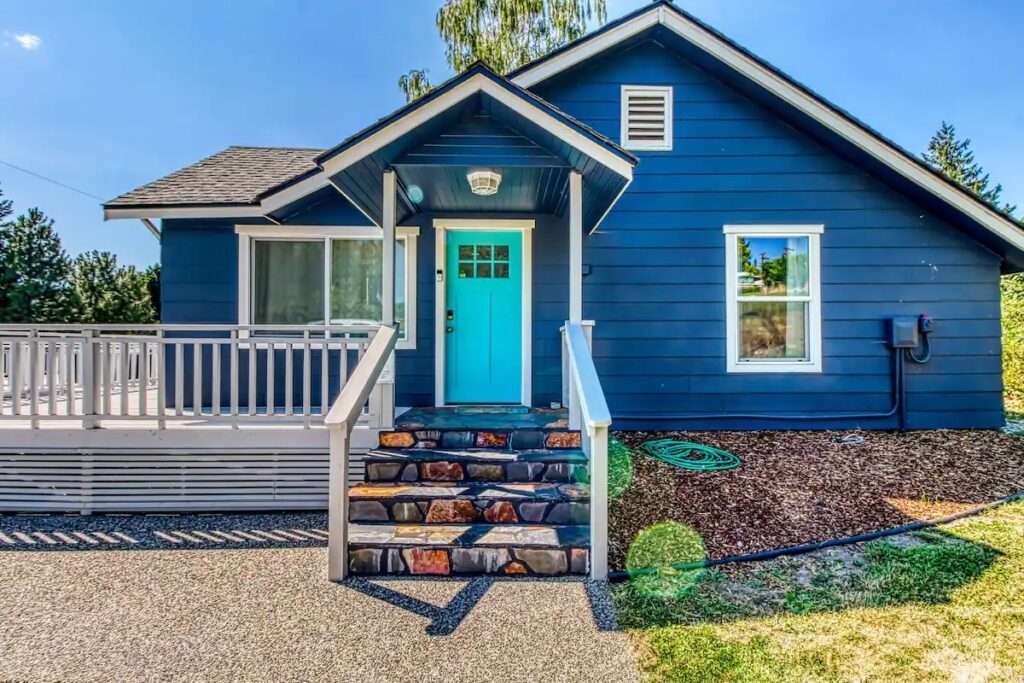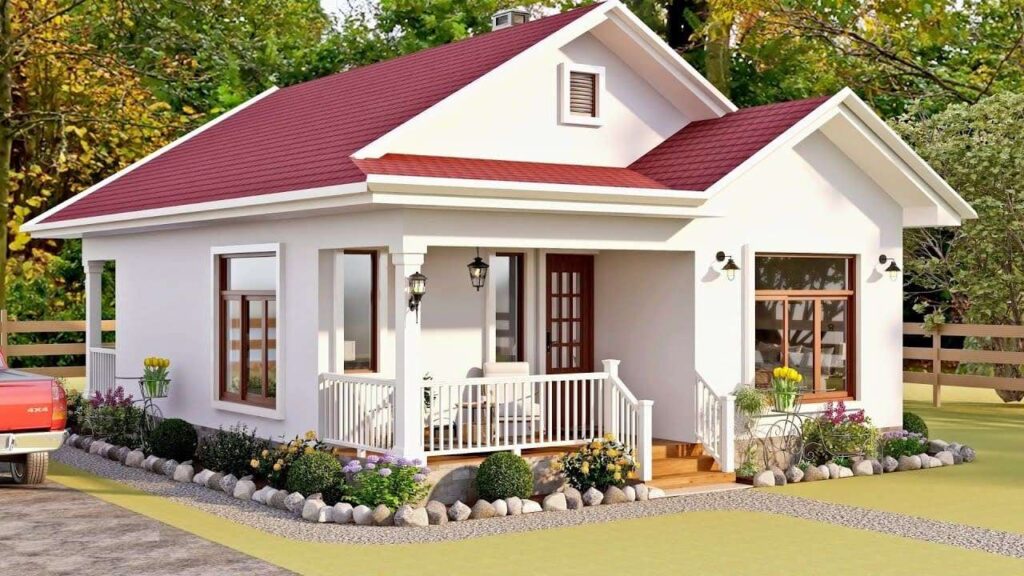
Today, due to the increasing population and changing lifestyles, people have sought simpler, more economical, and environmentally friendly living spaces. This pursuit led to the birth of the tiny house movement and the popularization of tiny houses. Tiny houses offer an ideal solution for those who aim to stay away from the crowds of cities and live a simple and functional life in touch with nature. This article will discuss the advantages and features of tiny houses with a professional floor plan.
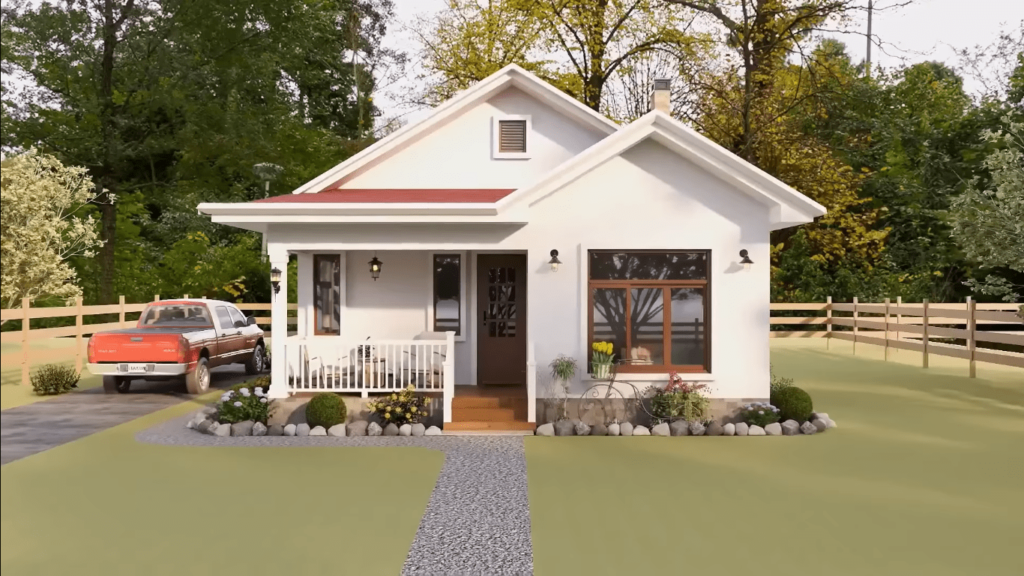
Although tiny houses are smaller in size than traditional houses, they offer a highly functional and comfortable living space thanks to clever design and arrangement. First of all, the floor plans of the tiny houses are considered to ensure effective use of the space. Generally, the open plan concept is preferred, thus creating a spacious atmosphere by connecting the living spaces. Cleverly placed furniture, space-saving storage, and high ceilings make the space feel more spacious and bright.
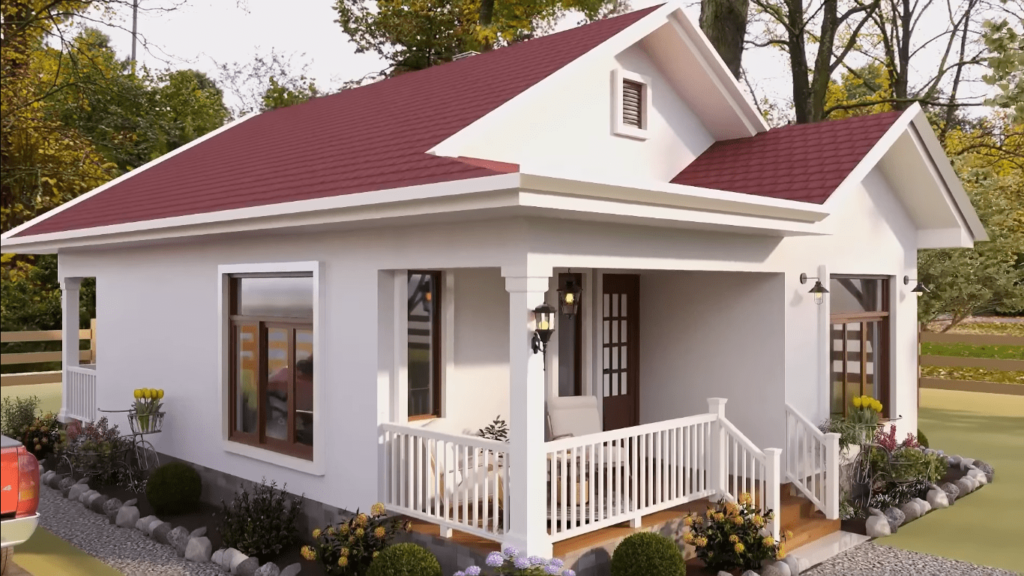
Making the most of natural light is also an important factor in the design of tiny houses. Large windows and glass panels increase the flow of daylight into the interior spaces and maximize natural lighting. Thus, while reducing energy consumption, interior spaces gain a more spacious and lively atmosphere.
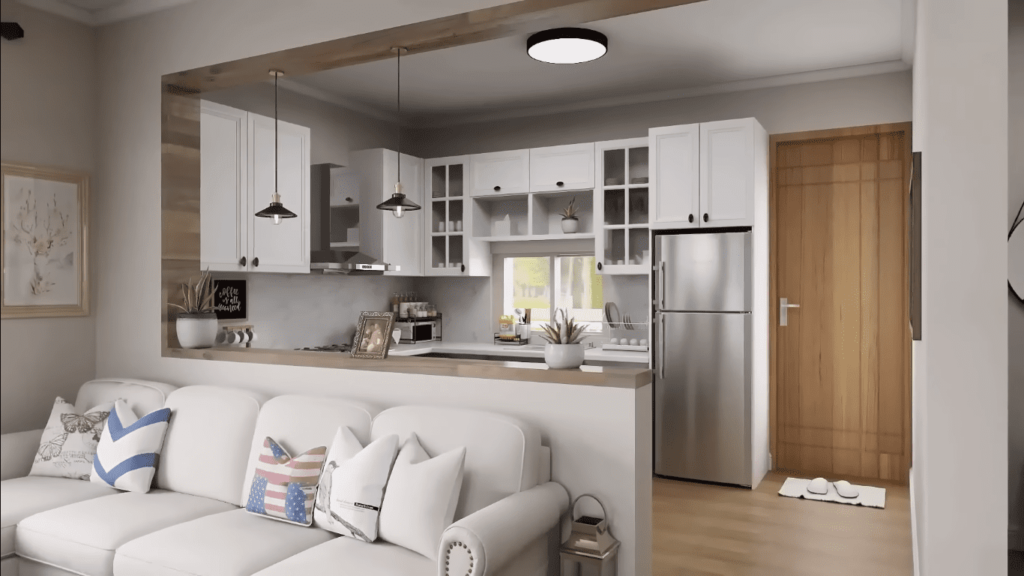
Another important feature is that tiny houses are environmentally friendly. Thanks to its small dimensions, less material is used in construction, and energy consumption is reduced. Some tiny houses are equipped with sustainability features such as solar panels and rainwater harvesting systems, minimizing negative impacts on the environment. This is an important reason for the preference of those who want to adopt a nature-friendly lifestyle.
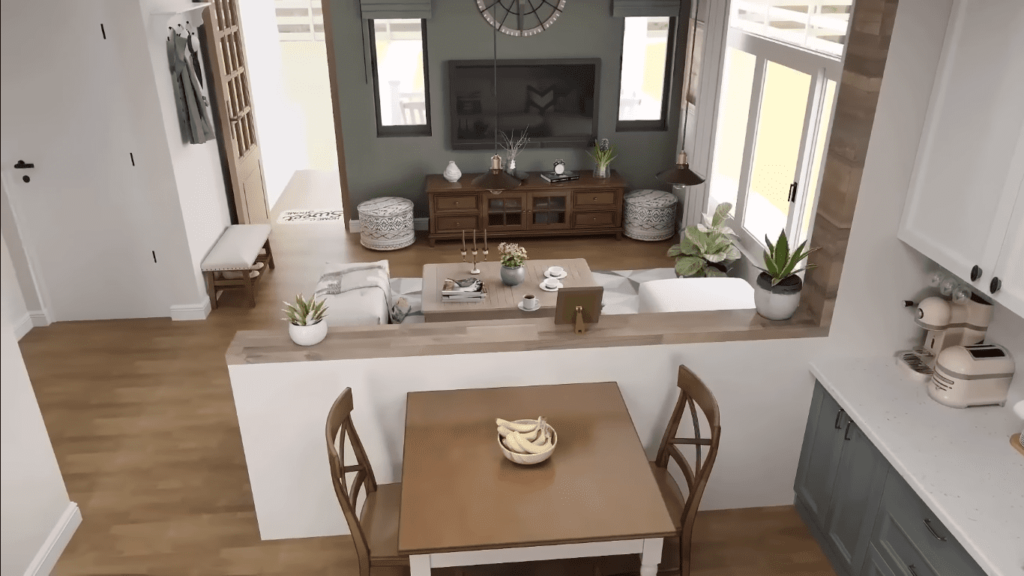
It can be said that tiny houses are suitable for a minimalist lifestyle based on the philosophy of simplifying life and getting rid of unnecessary financial burdens. Fewer items, less cleaning, and a more organized life have become an attractive options for many people. Those who adopt this style of living gain more freedom and flexibility. In addition, tiny houses are advantageous in terms of mobility. Thanks to its portable structures, you can easily take it wherever you want and discover new places.
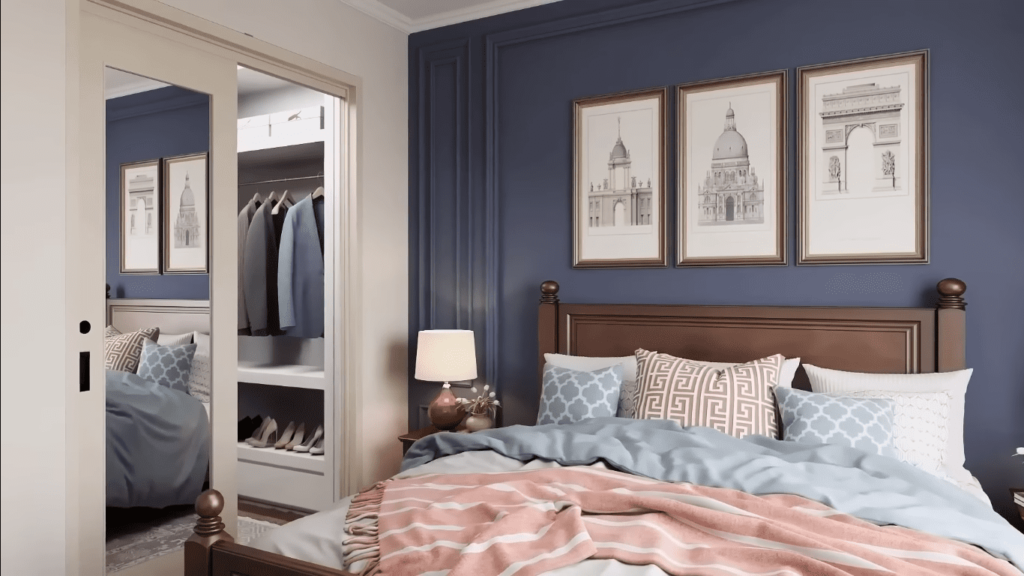
Tiny houses with professional floor plans can be customized to suit needs. The interiors, which can be arranged according to personal tastes and requirements, allow the owners of tiny houses to express themselves fully. This makes the living space more personal and meaningful.
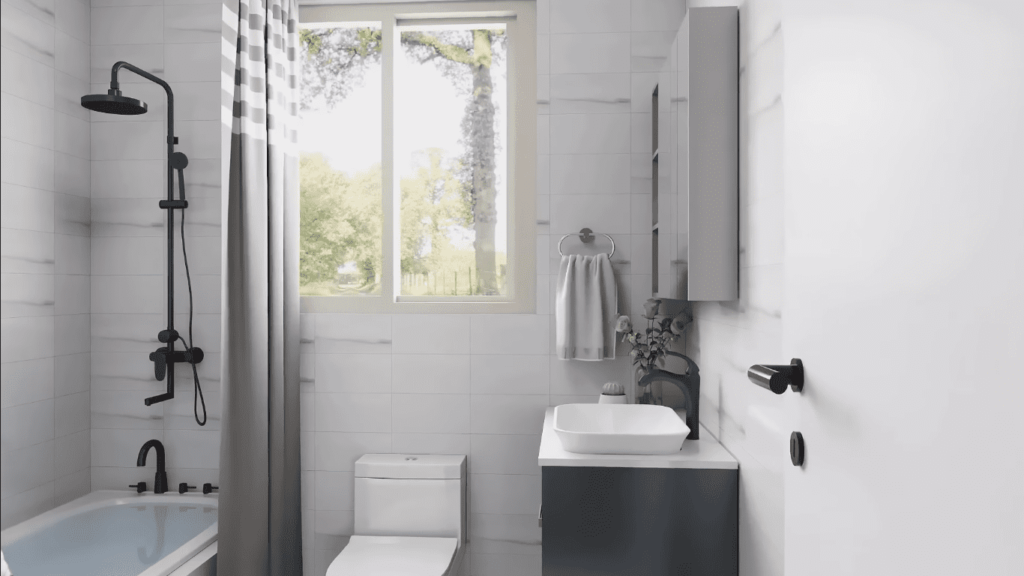
One of the most important advantages that tiny houses bring to the lifestyle is that the costs are low. Unlike traditional houses, tiny houses are less costly to build and maintain. Less energy is used to heat, cool, and illuminate a smaller space. Also, the reduced living space encourages you to review your consumption habits and avoid unnecessary spending. This means financial independence and less financial stress.
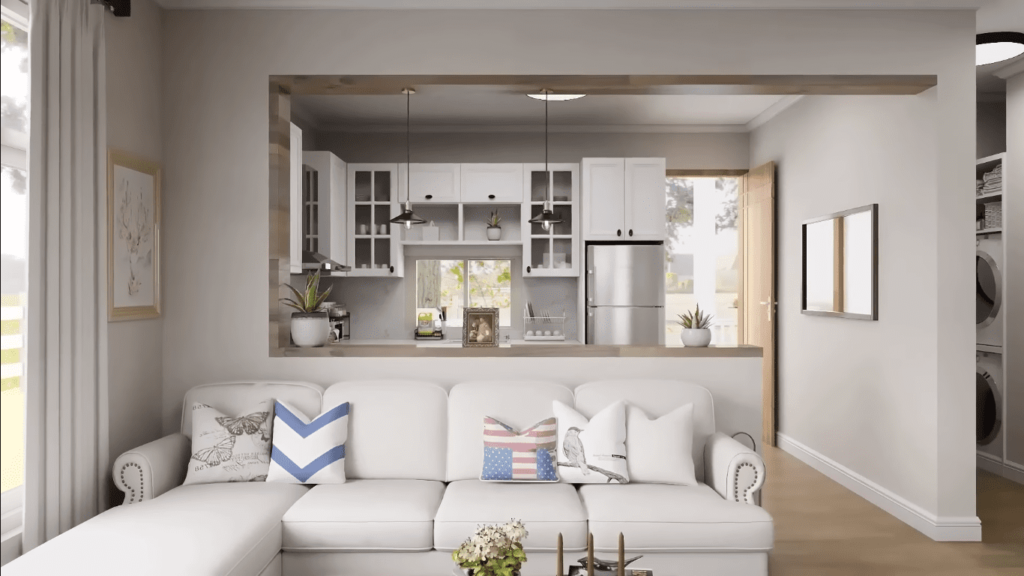
Tiny houses can be easily built in densely populated areas in big cities or rural areas. Their need for a small area can contribute to urban planning by optimizing their settlements. Tiny houses offer an alternative solution to the problem of high housing costs and housing shortages in city centers. It is also an ideal option for those who want to live a quiet life in rural areas with scenic views.
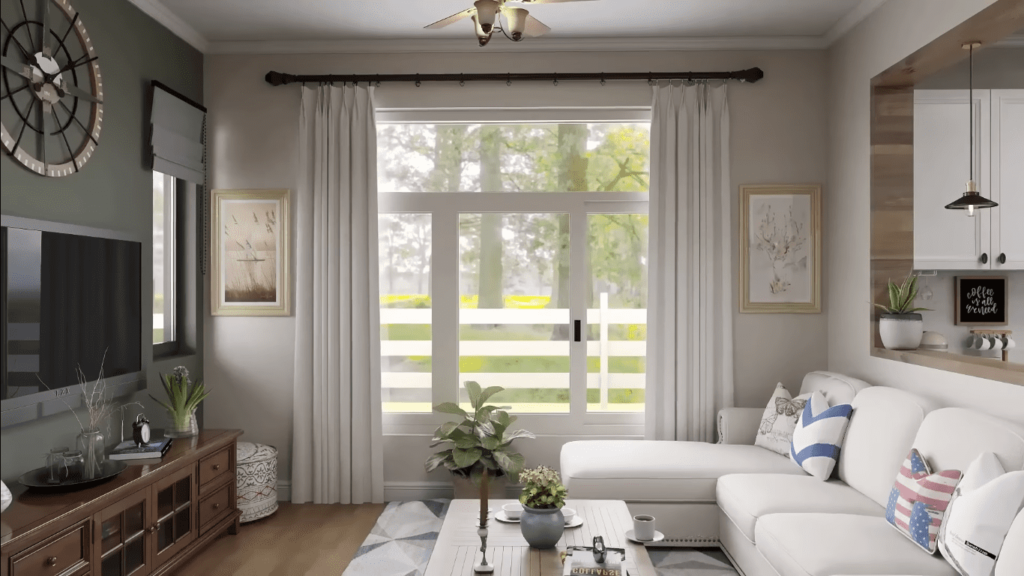
Tiny houses can not only be used as residences, but also for different purposes such as a holiday home, guest house, workshop, office, or mobile lifestyle. Thanks to innovative design and technology, tiny houses have become portable structures. Thanks to the towable wheels or the under-trailer chassis system, the owners can take their tiny house wherever they want. This is an ideal solution for travel lovers.
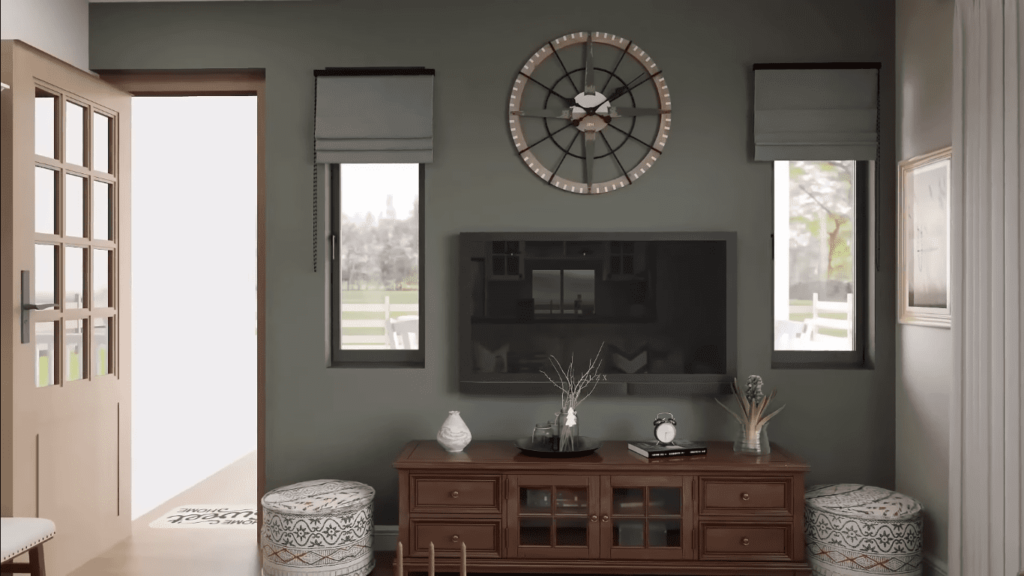
Tiny houses have an effect that allows people to interact more with nature. These houses, which are usually built within the natural environment, lead people to a lifestyle that is more in harmony with natural resources. The tendency to be more sensitive to nature leads to adopting the philosophy of sustainability and environmental protection. Thus, the spread of tiny houses contributes to reducing the negative effects on the environment and building a more sustainable future.
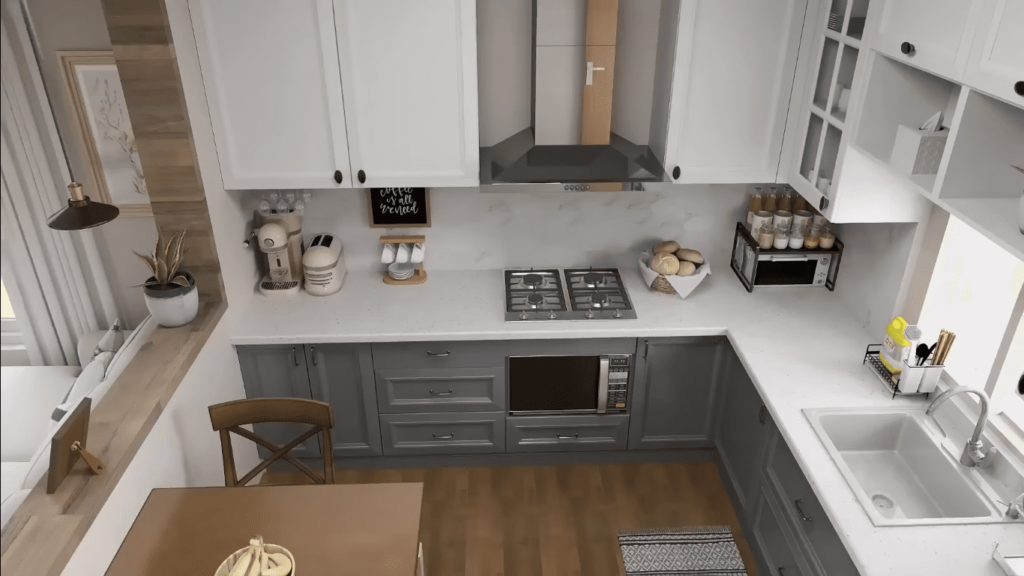
However, it should be noted that tiny houses also bring some difficulties. Disadvantages are that they do not provide enough living space for families and limited storage areas. In addition, there are obstacles that tiny houses may face with regulations in city centers or densely populated areas. That’s why it’s important for anyone considering investing in tiny homes to pay attention to local regulations and building codes.
